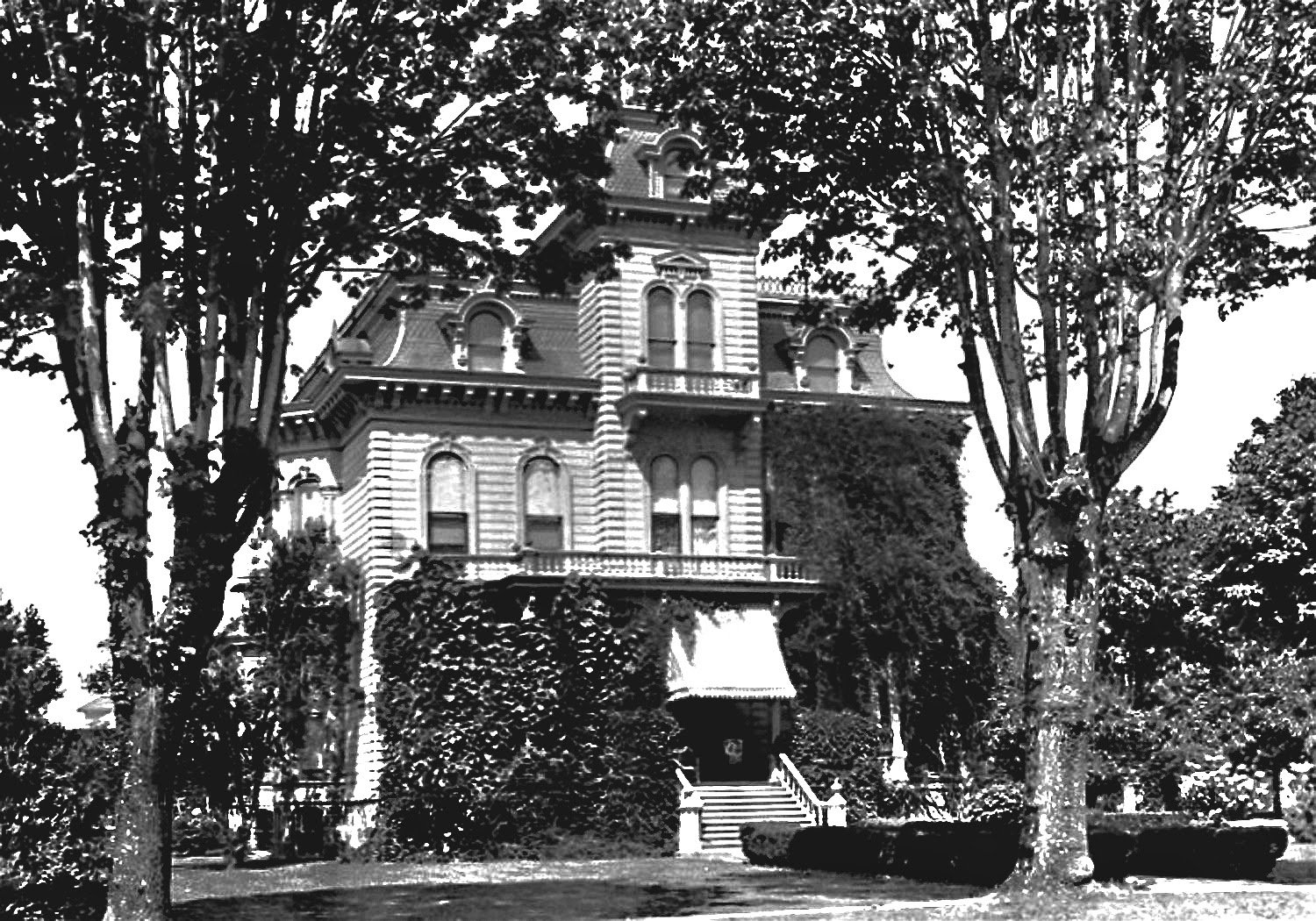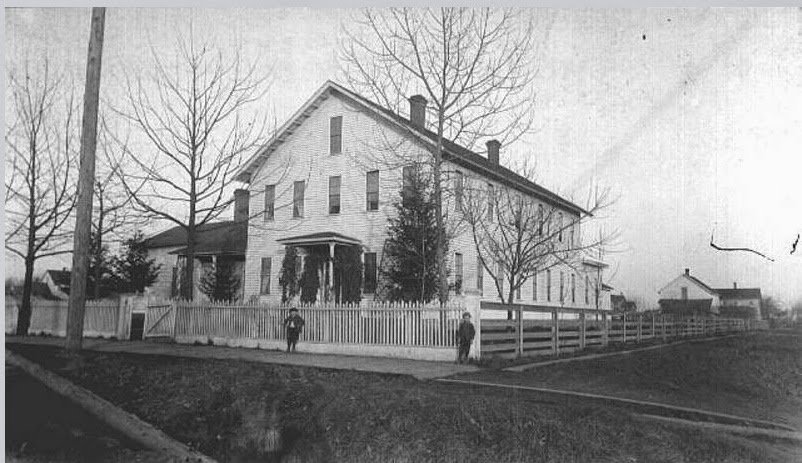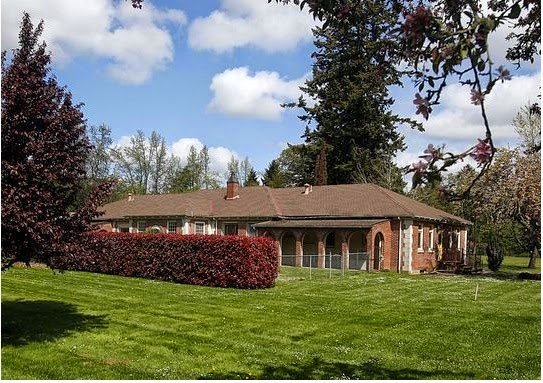World Events
- New Zealand Wars end after 17 years when the Maori spiritual leader crosses the Waikato River and enters the territory of the king who grants him amnesty.
- Horace Greeley, founder and editor of the New-York Tribune, President Grant’s defeated opponent, dies three weeks after the election. He had urged the settlement of the American west for opportunity and to relieve urban unemployment, popularizing the phrase, “Go west, young man, and grow up with the country”
- Transportation enhancements: Railroad safety improves with Westinghou
se’s new automatic air brake and Rudolf Diesel applies for patent on his compression ignition engine. - Edison’s electric company merges with Thomson-Houston Company to create General Electric Company, a multinational institution now one of the largest in the world.
- The Metropolitan Museum of Art opens in New York City and Popular Science is first published in the U. S. and Jules Verne’s Around the World in 80 Days.
- In Salem
This year the Oregon Legislature allocates $4,000 for the education of the blind. In 1884, when this photograph was taken, the school was located on 12th Street. By 1894 it returned to a permanent home at Cottage and Mission Streets. [An original 1872 school building may have been the former Leslie house.] In 1913 Governor West recommende d closing the blind school as it had become a fire trap and was “so located that a railroad track, a mill race and a creek, at times a raging torrent, must be crossed by the blind children in going to or from the school or city.” A new fireproof cottage on the enlarged campus was built in 1923 when Howard Hall at Church and Mission street, seen below, was constructe d as a boys’ dormitory at a cost of $33,388. After many years of debate among school supporters and the legislator s, the school closed permanentl y in 2009 with blind education becoming the responsibility of local school districts.
When you visit
This is the last building of the now-closed Oregon School for the Blind. In 1990, the Historic Landmarks Commission of the city of Salem designated this Howard Hall as a Local Landmark. This former school property is between a residentia
Other Events
- Dr. Daniel Payton becomes mayor.
- To improve the supply of water distributed in the city, a suction line with steam-powered pump is laid in Willamette Slough replacing the Salem Water Co. tank downtown.
- First Sacred Heart Academy building is demolished for new structure on the east side of Cottage Street between Center and Chemeketa. The school remained in the location until the 1960’s, when it moved to Lancaster Drive.
- Oregon Institute, founded by Methodist missionaries in 1842, is destroyed by fire. The Institute was classroom, dormitory and home for the instructors (sometime missionaries) in the earliest years of the settlement that became Salem. The Walton Building of the present Willamette University, which grew from this enterprise, stands on this historic site. In front of this modern building is a stone with a metal plaque, identifying this site.
 |
| The Cooke-Patton residence in the 1930s. |
- The Cooke-Patton family moves into their new Court Street mansion. Thomas McFadden Patton was Marion County Representative to the Oregon State Legislature. He was the son-in-law of Mr. Edwin Cooke who was Salem’s second mayor. Thomas Patton married Mary Frances Cooke in 1854 and after a year in Jacksonville, the younger couple returned to live in the Cooke residence on Davidson Street. By this year the Pattons have moved with the Cookes to their new Victorian mansion across Court Street from the State House construction. The two couples found this a satisfactory arrangement and the tradition continued into the next generation with the two grandsons, Edwin (1869-1929) and Hal Patton (1872-1932) living there, with their wives, for their entire lives. The house was demolished in 1938, when Hal’s widow was the sole occupant, for the construction of the Oregon State Library, the first building of North Capitol Mall. Luella Patton Charlton was born here and lived in the mansion until her marriage in 1927. She was generous in sharing Salem memories of her 109 years. She died in 2007.
- To emphasize the problem of public drunkenness, the 1872 City Recorder’s report cited the arrest of 81 persons for drunkenness in the previous eleven months. The usual penalty for such public displays of inebriation was a fine and/or a night in the City jail to “sleep it off.” At a previous Salem Council meeting, a committee was appointed to recommend a plan for building a new City jail. This was built on Liberty Street below State Street to replace the old wooden calaboose constructed in 1853 on Ferry Street between Church and High Streets. (The new lock-up served its purpose until 1894 when the jail facilities became part of the new City Hall.)
- A traveling salesman is peddling Sequoia gigantea, Redwoods. Judge William Waldo buys a small sapling and plants it on his property outside the city limits. When the time came for Waldo’s property to be platted and taken into the city, the judge’s influence was great enough so he could successfully insist that the tree be preserved before he vacated his land for a state highway. And that’s how the giant Redwood on the west side of Summer Street NE, immediately north of Union Street, became, according to some, the world’s smallest park. Various writers and publications have taken note of the tree’s plight in the battle against the automobile as the adjacent streets were widened and then paved. At intervals through the years, angered motorists have condemned the ever-spreading Redwood as a traffic hazard that ought to be chopped down. To insure that motorists spare the tree, a group called the American War Mothers moved on Salem’s City Council in 1936 to establish the tree as a park. On June 15, 1936, the city council passed a resolution naming the tree “Waldo Park”. The giant tree now stands at Summer and Union Streets in what many consider the world’s smallest park.
- This year, Wilbur F. Boothby designed the elaborate Italianate style Marion County Courthouse in Salem (completed the next year). He also planned and built the state mental institution and contributed to the erection of most public buildings in the state capital. A native of Maine born in 1840, he was educated at Fulton College in New York, and arrived in Salem, Oregon, in 1864. He would later design the South Eldridge Block on Commercial Street, a small section remaining today. By that time, Boothby had operated a sash and door factory in Salem for many years as well as being a contractor and architect. Boothby also served as first president of the Salem waterworks.



One Comment